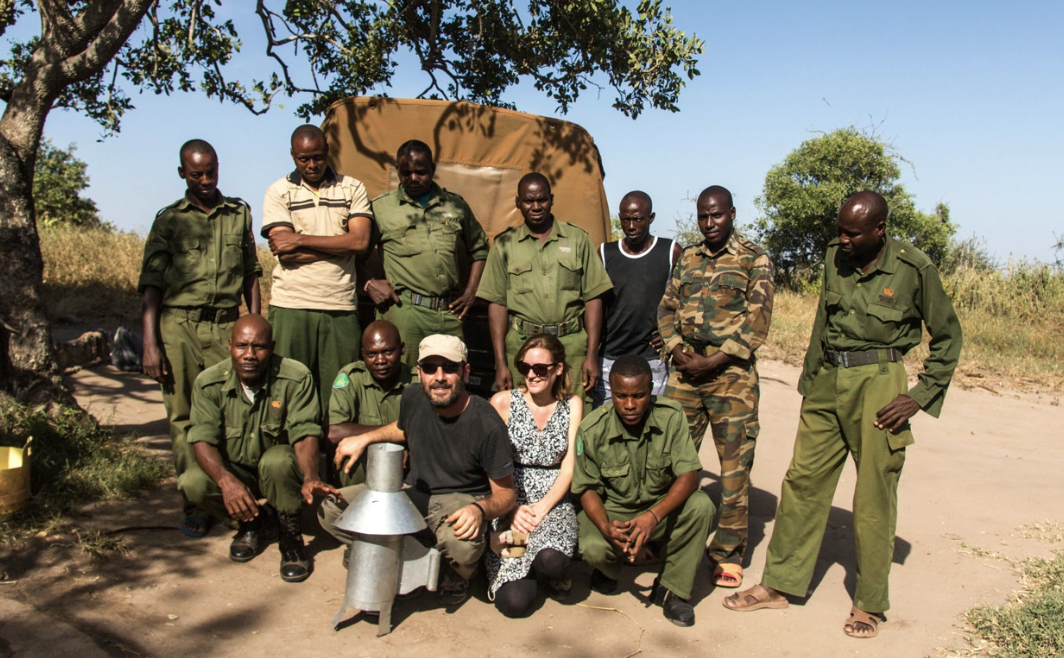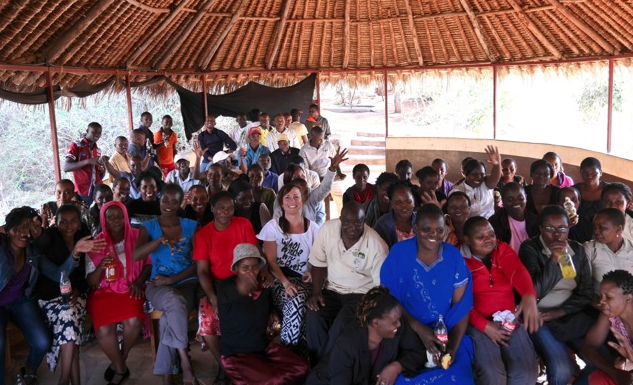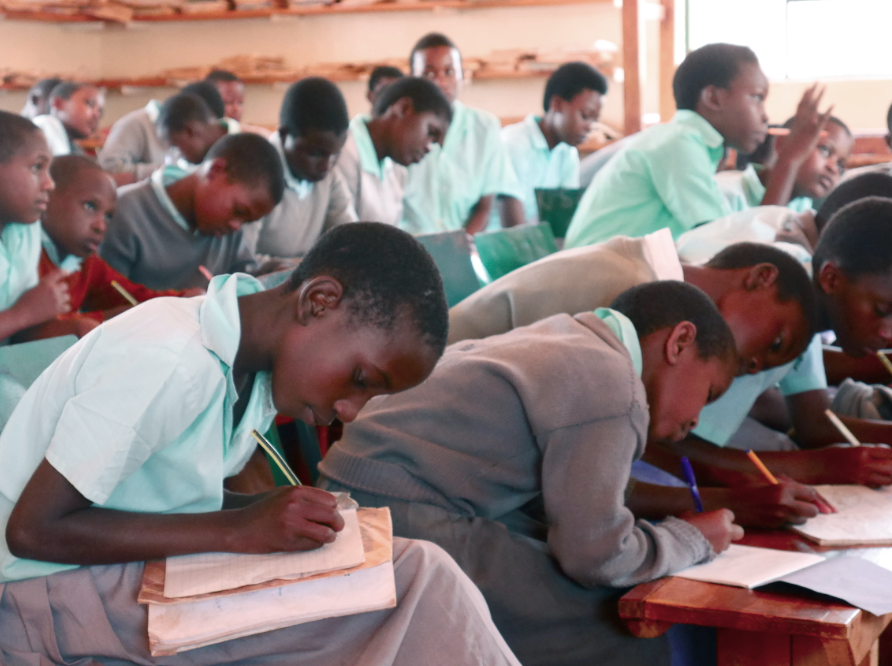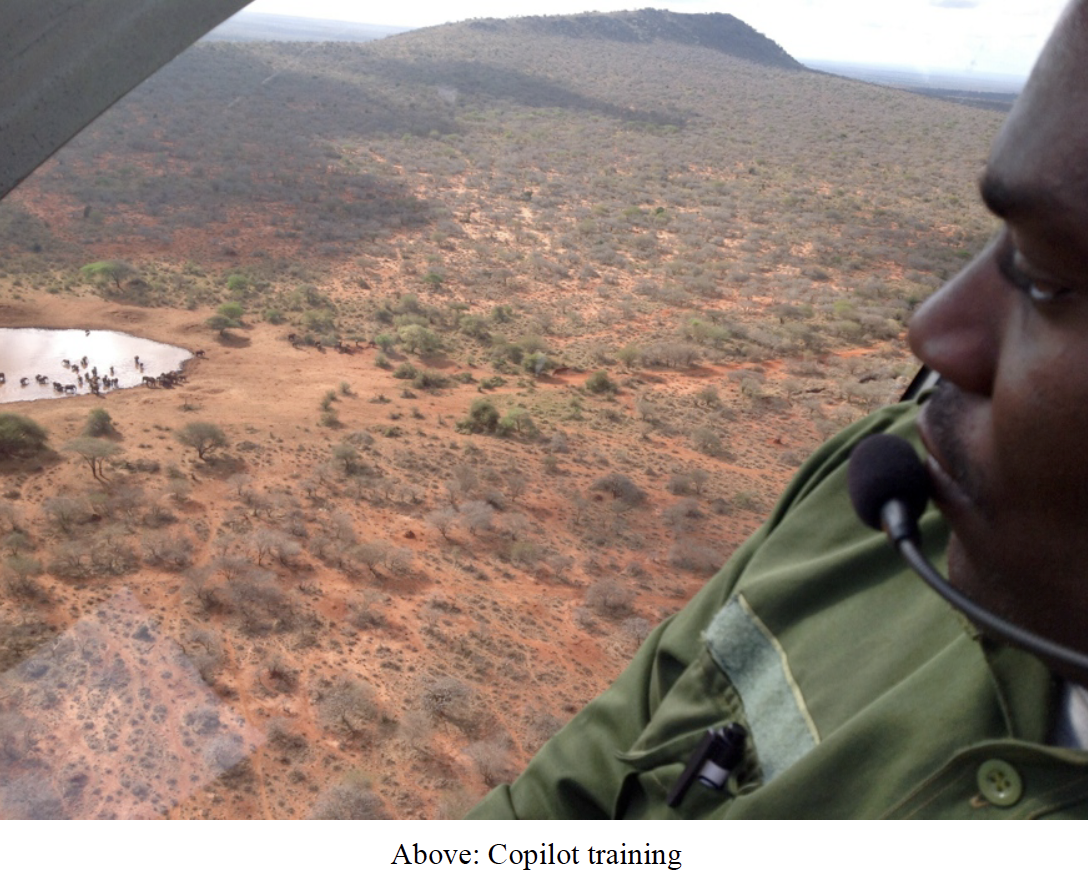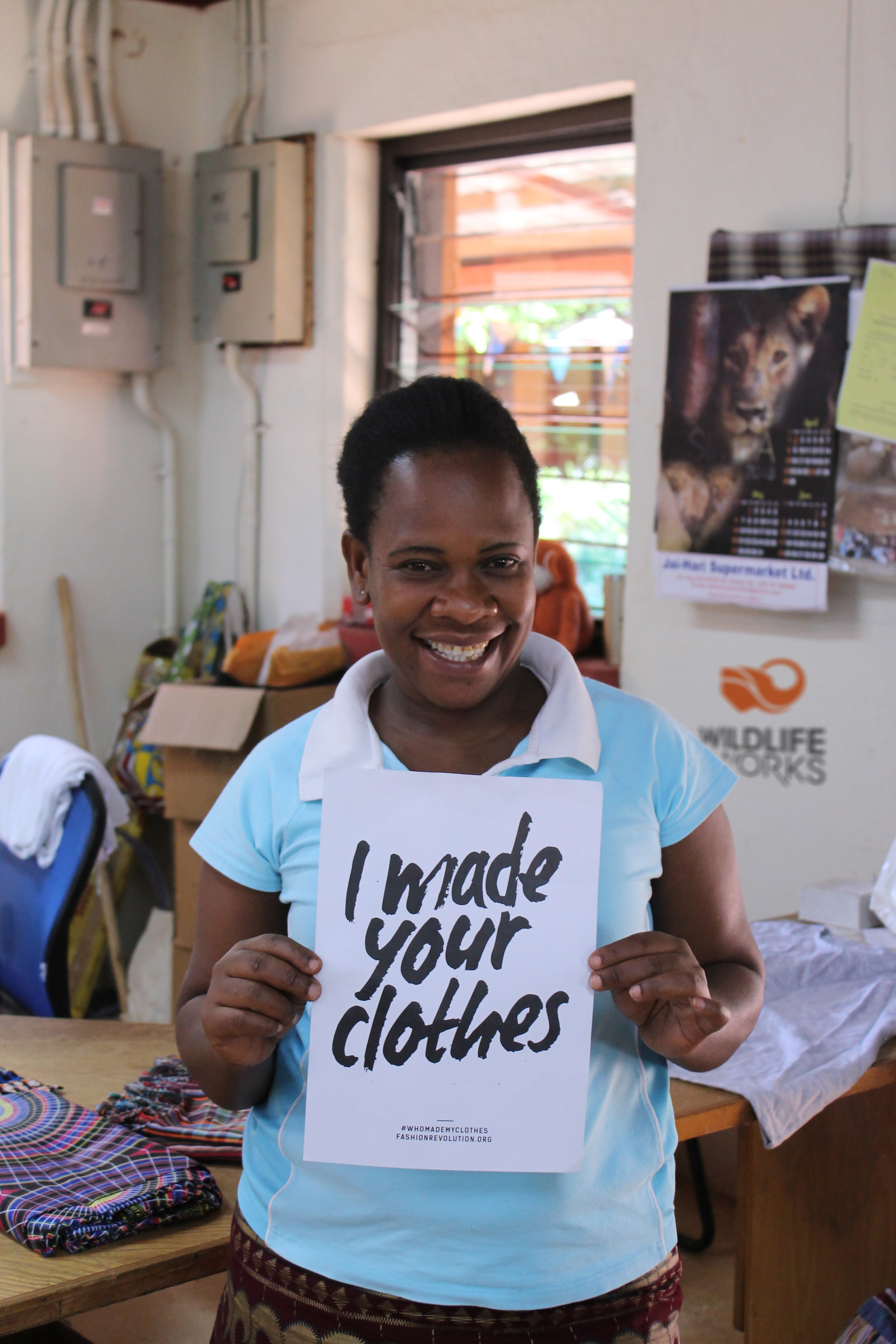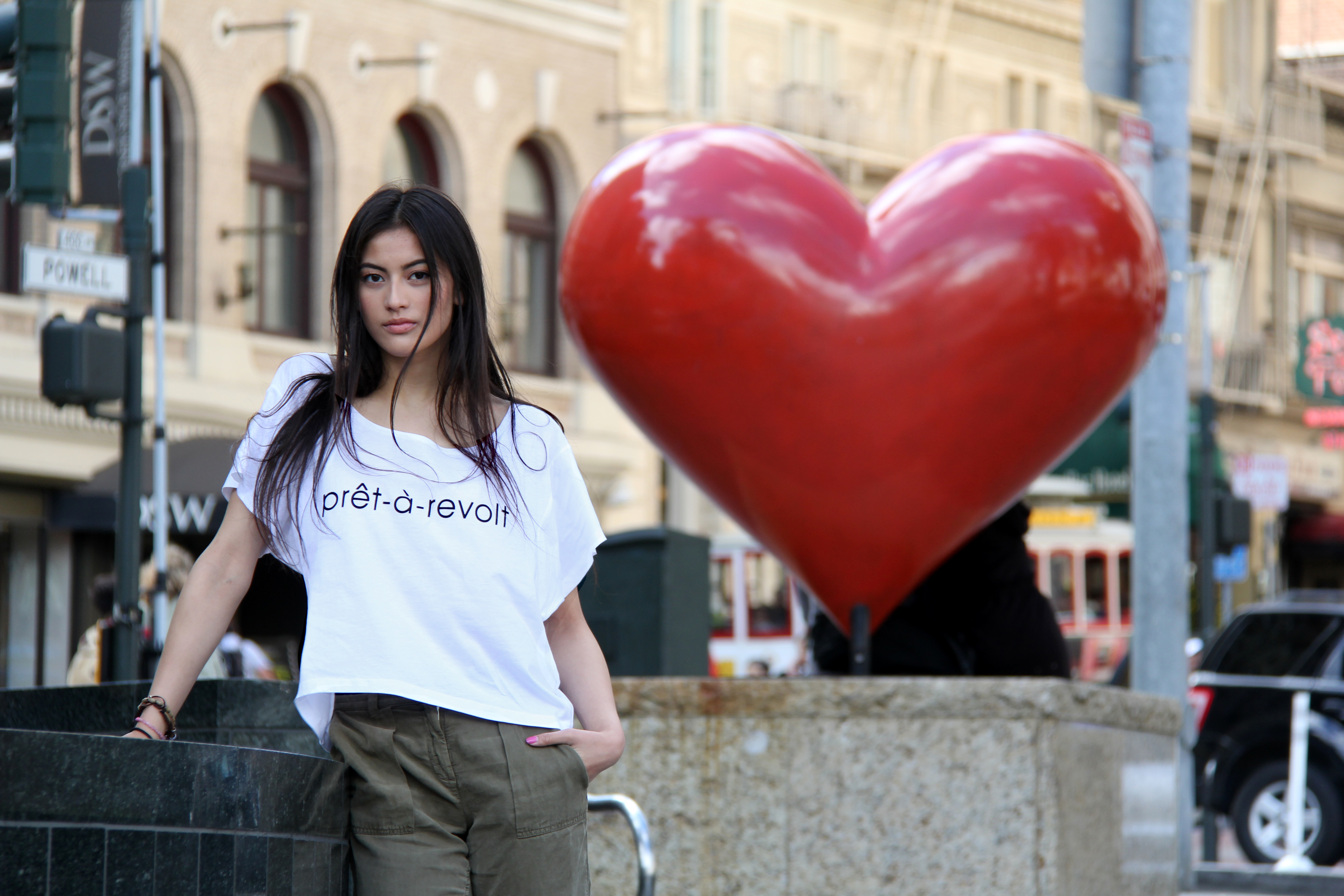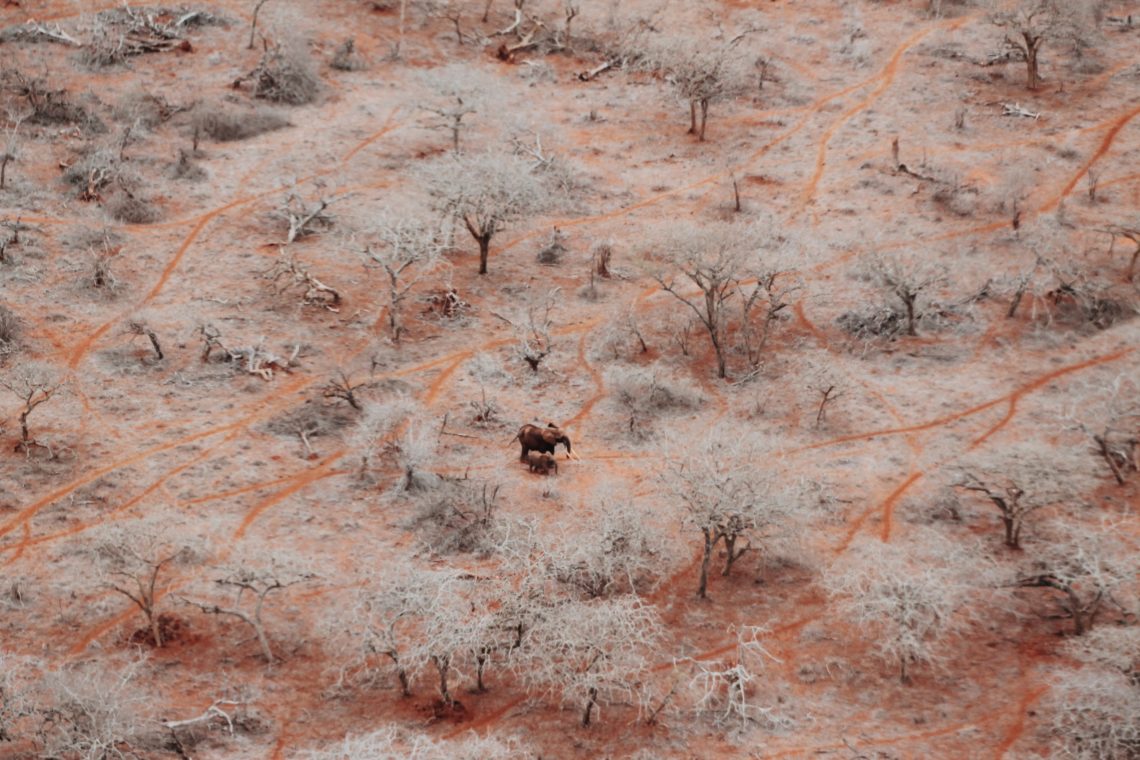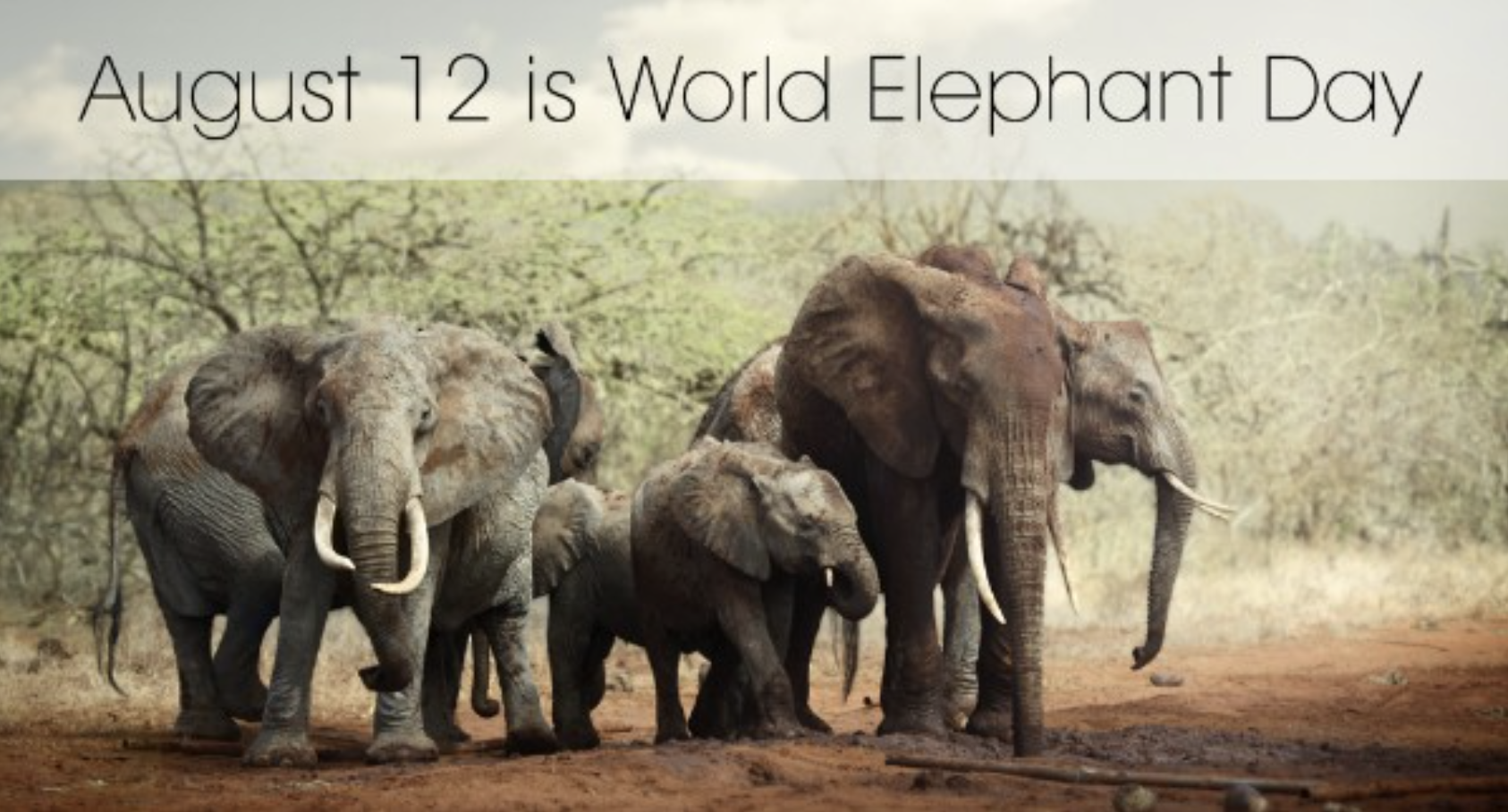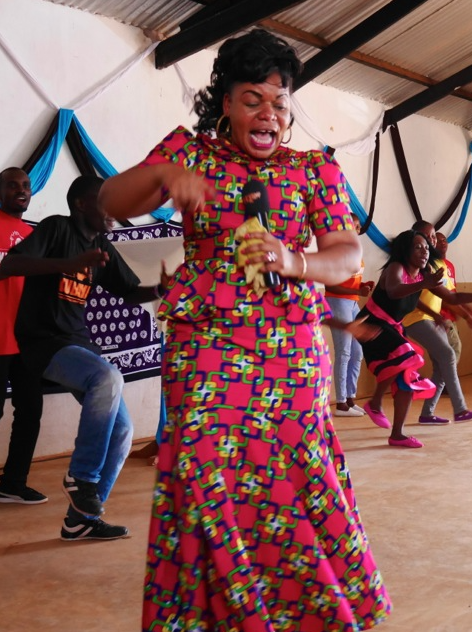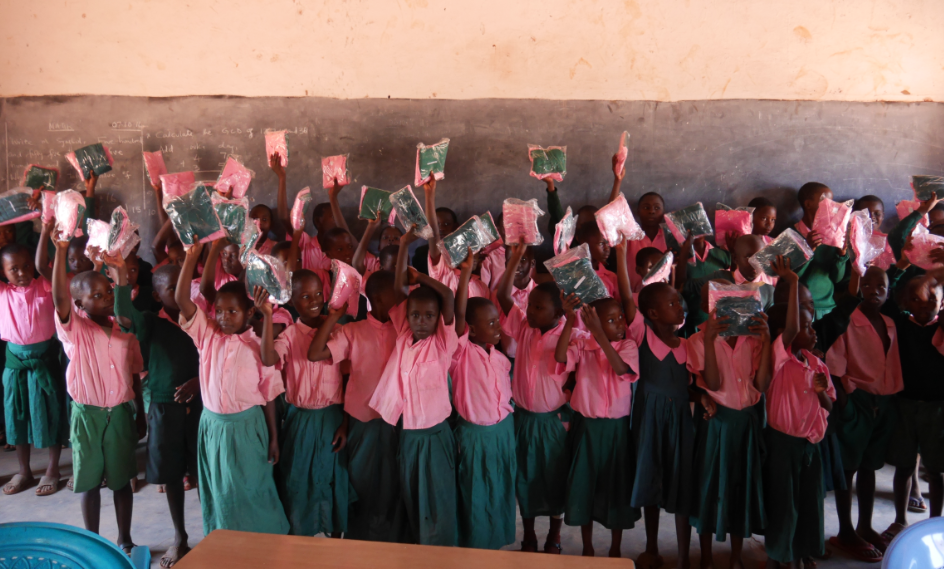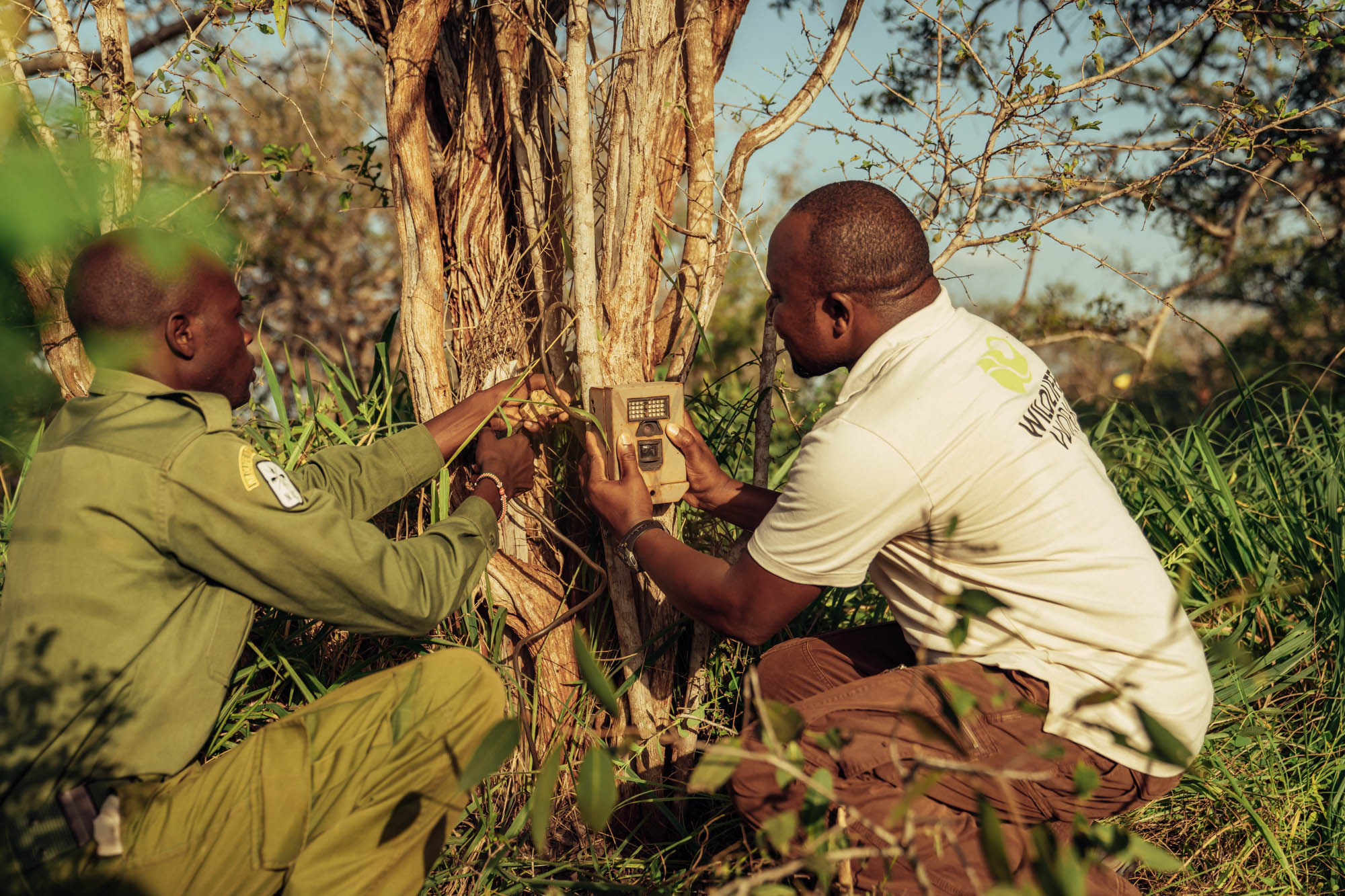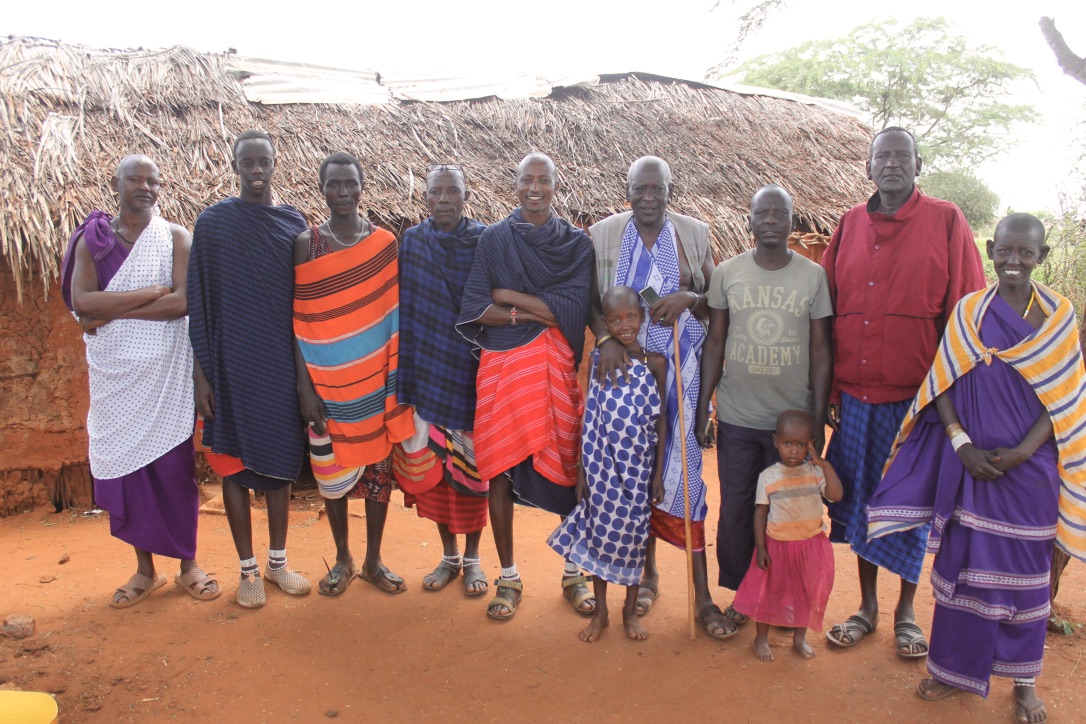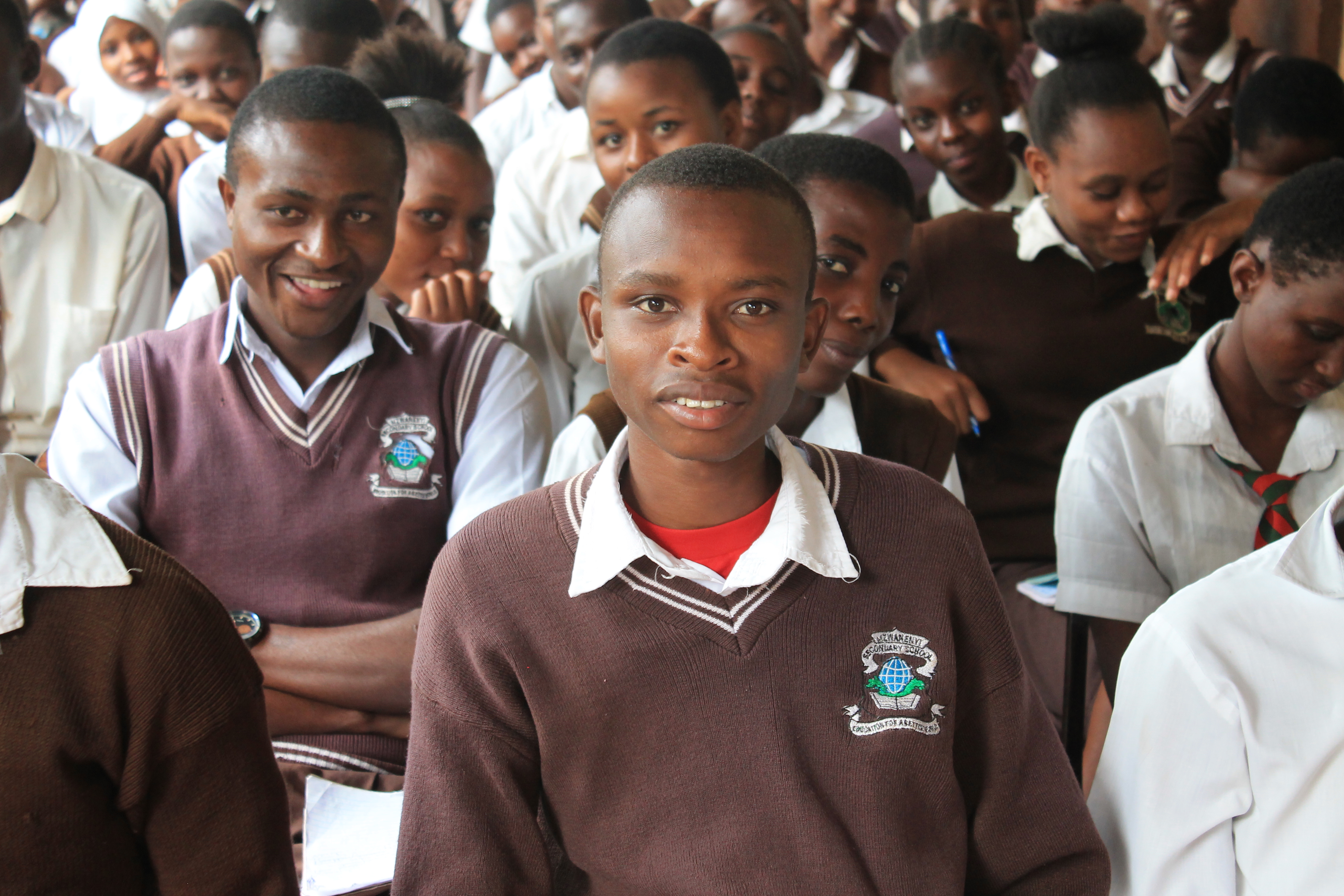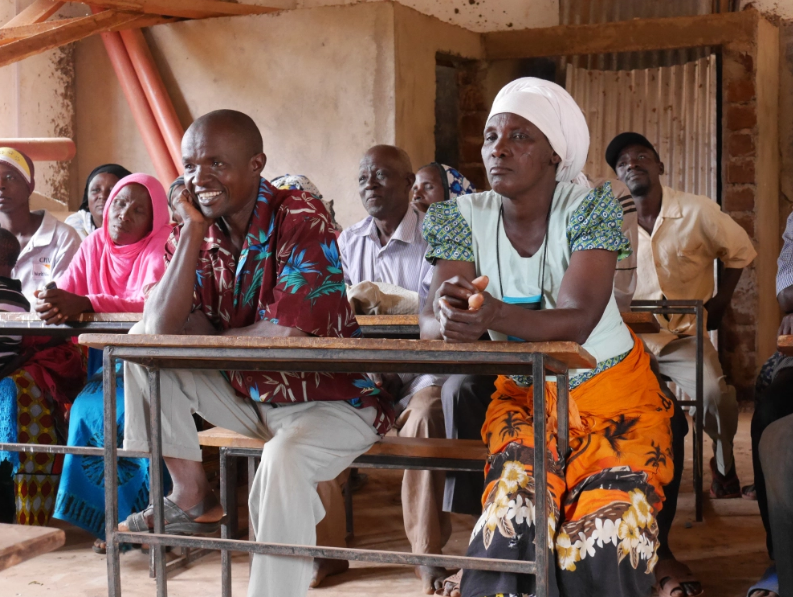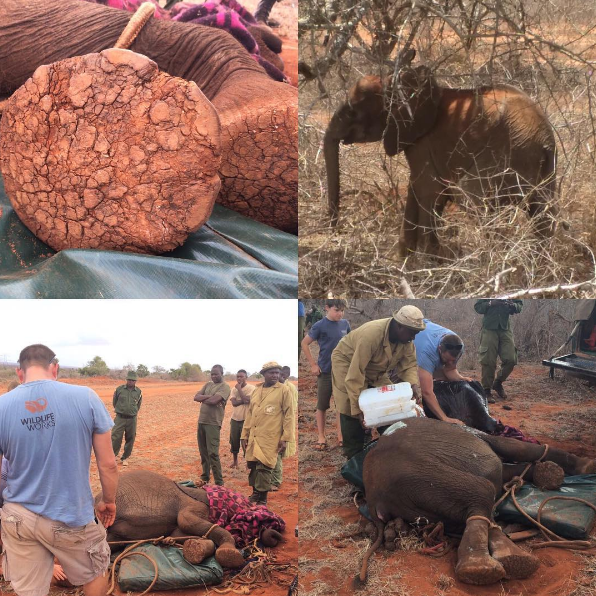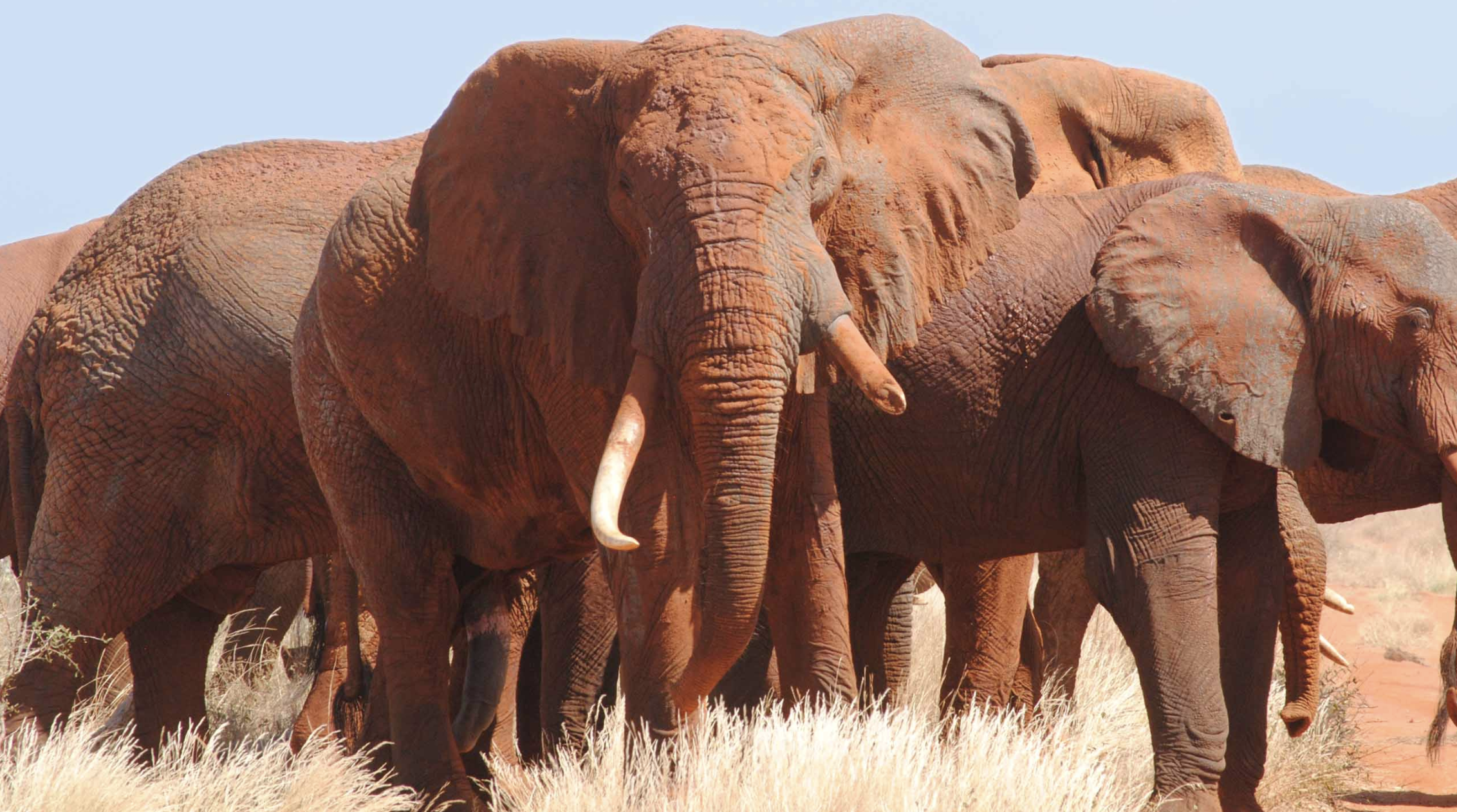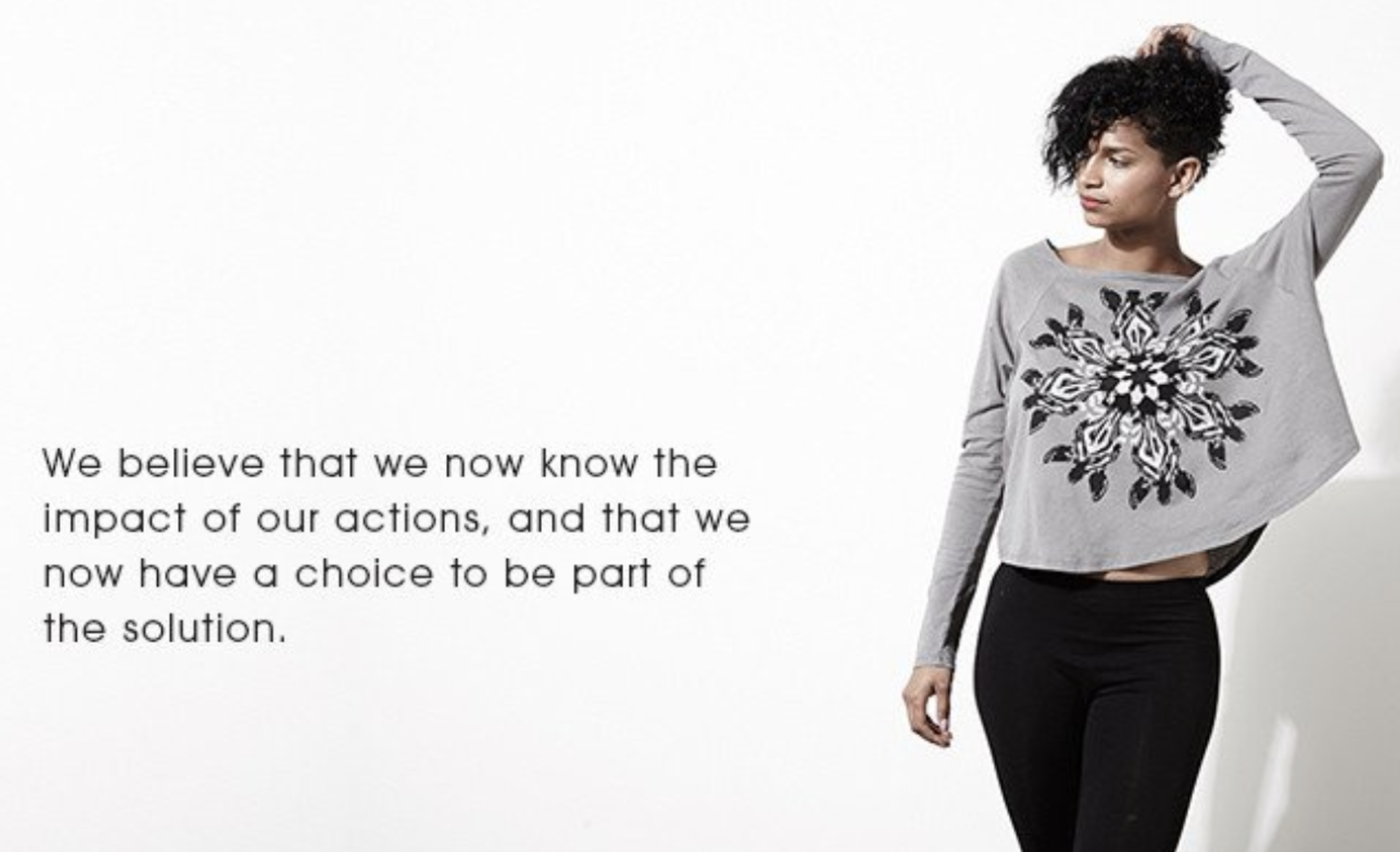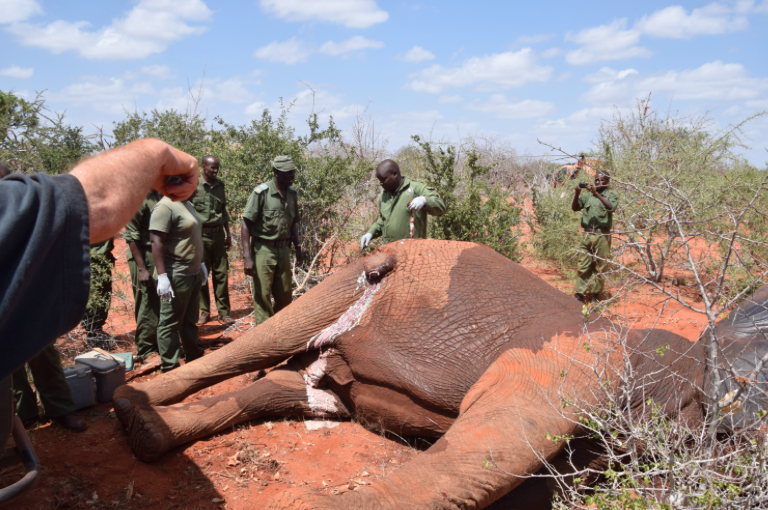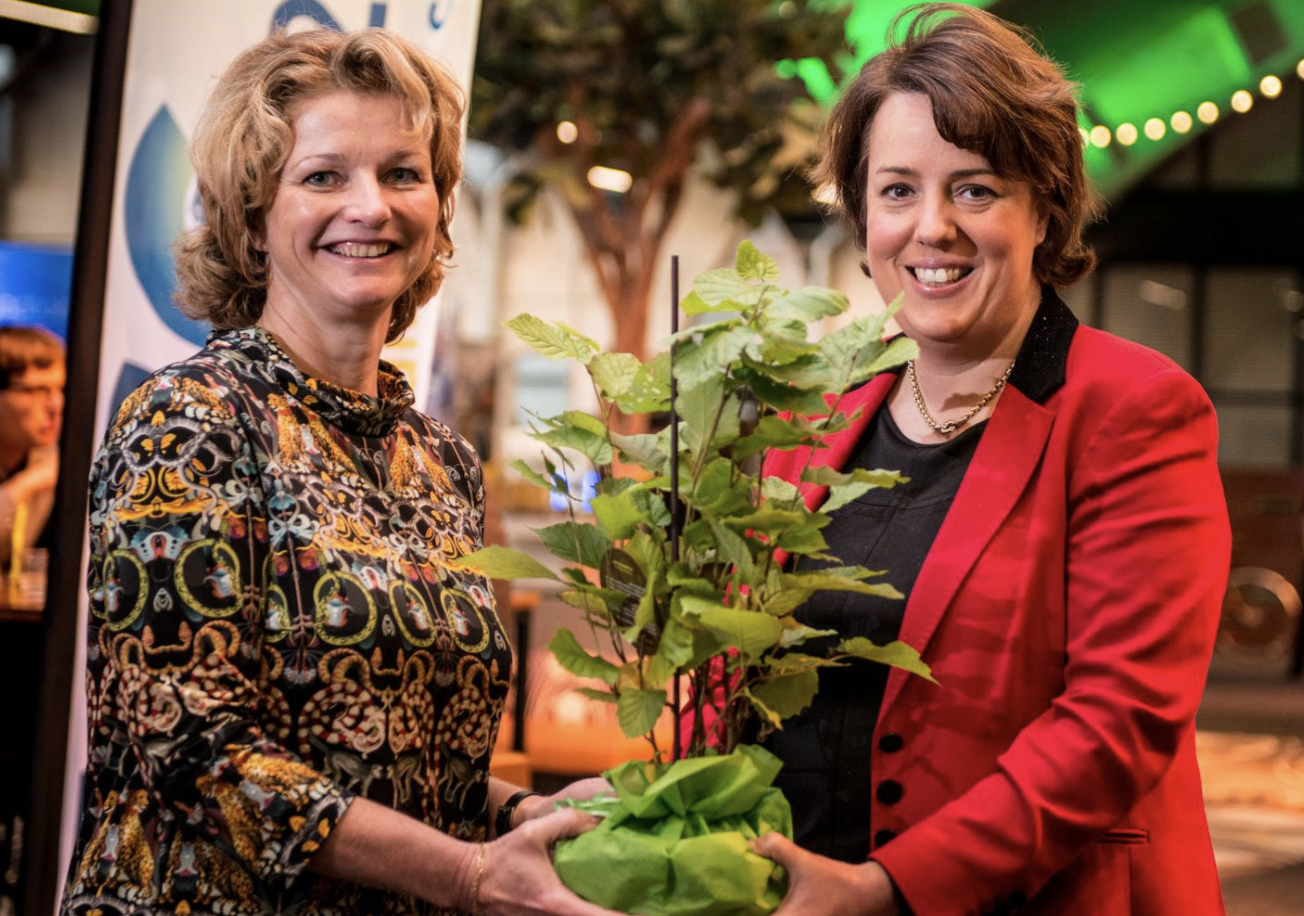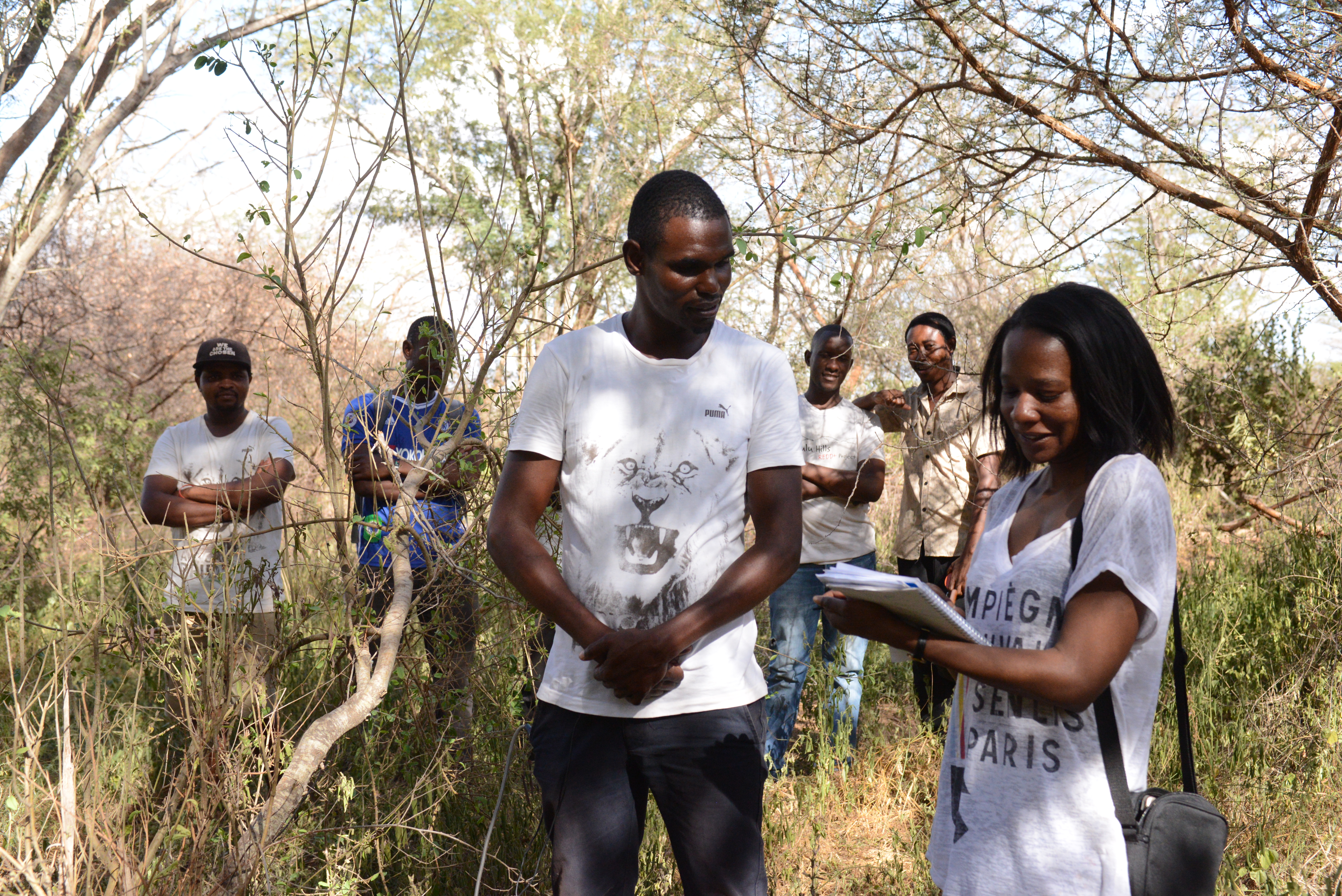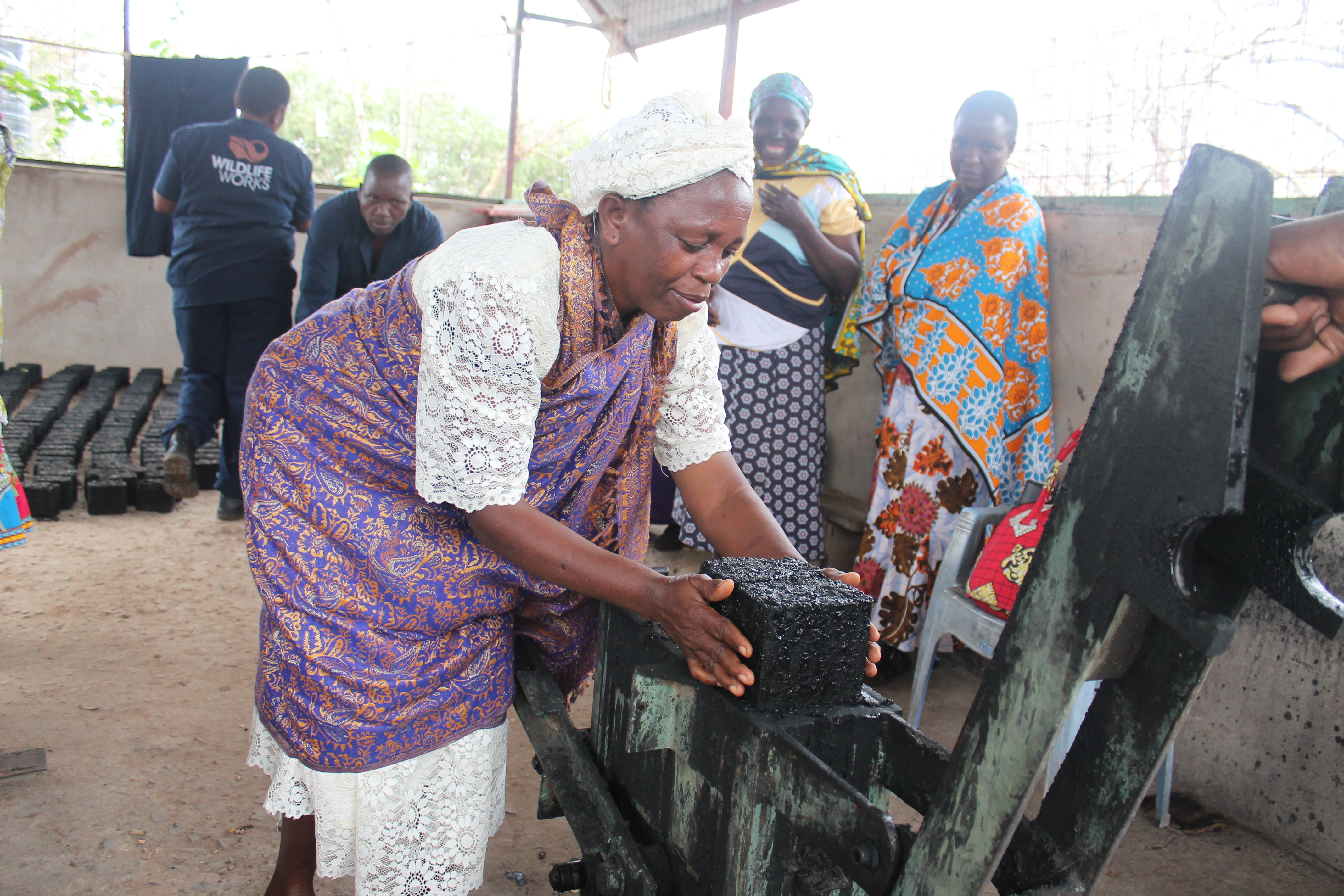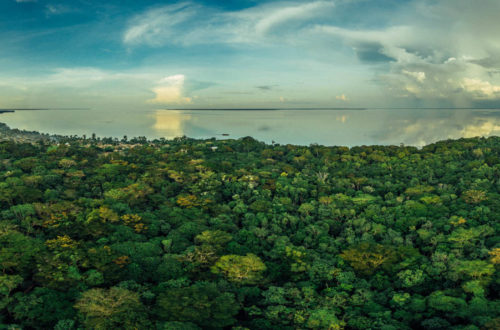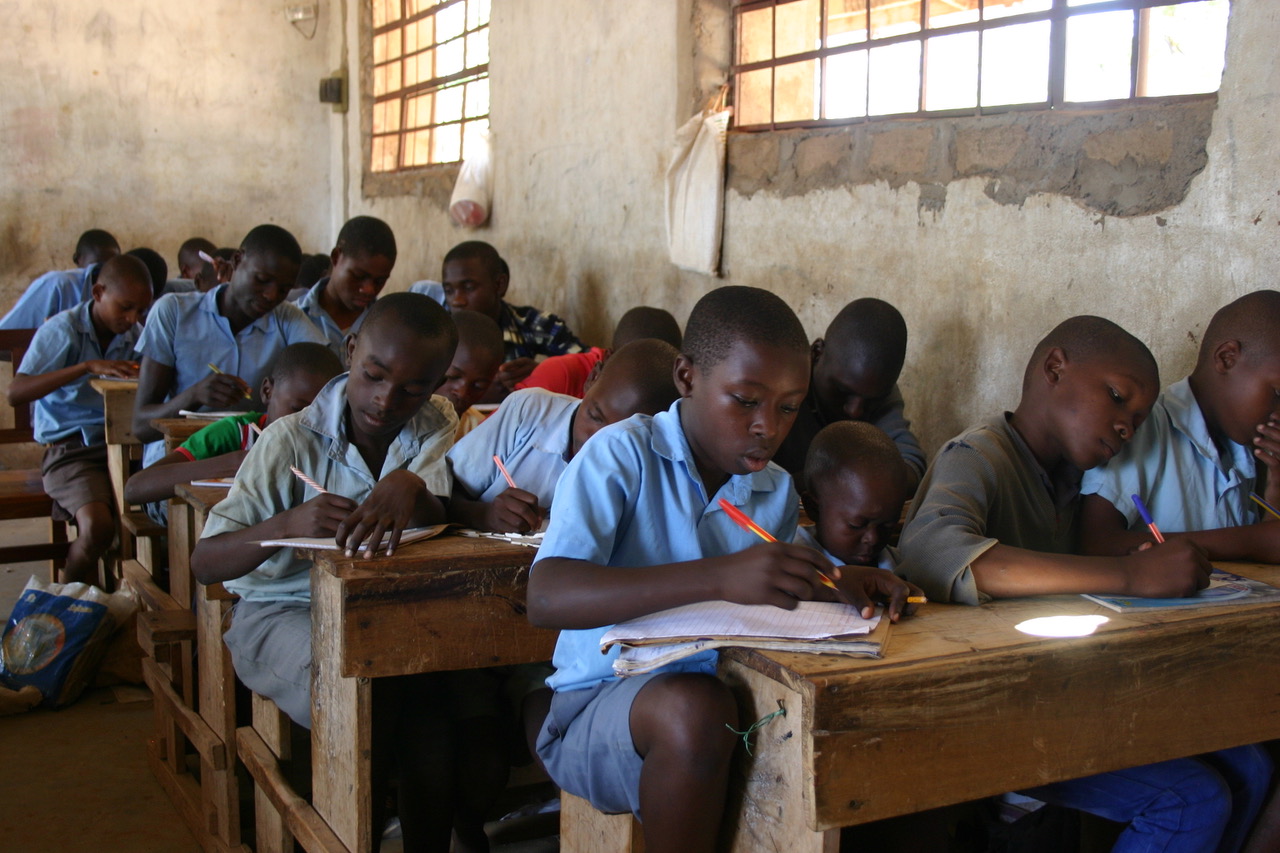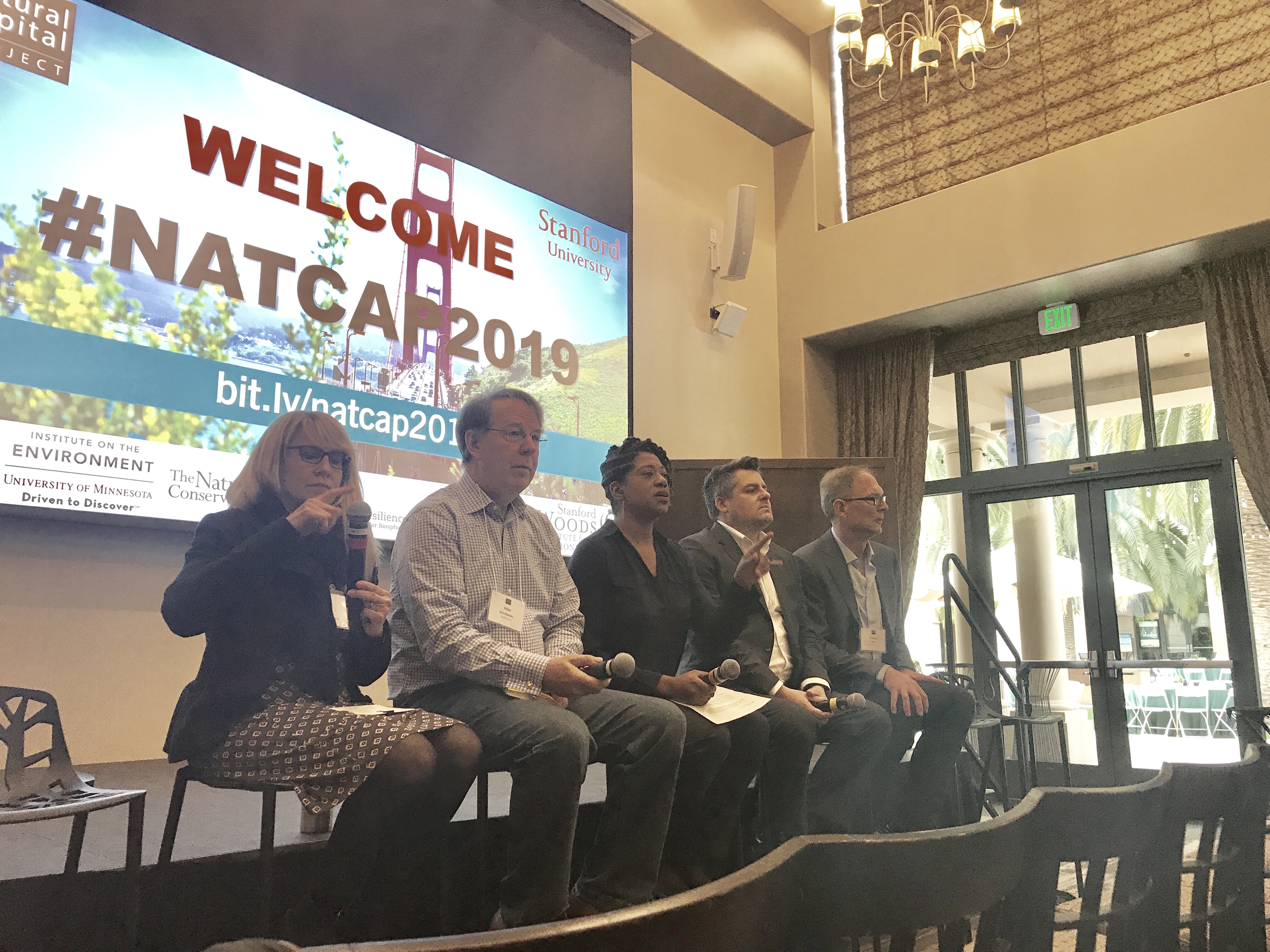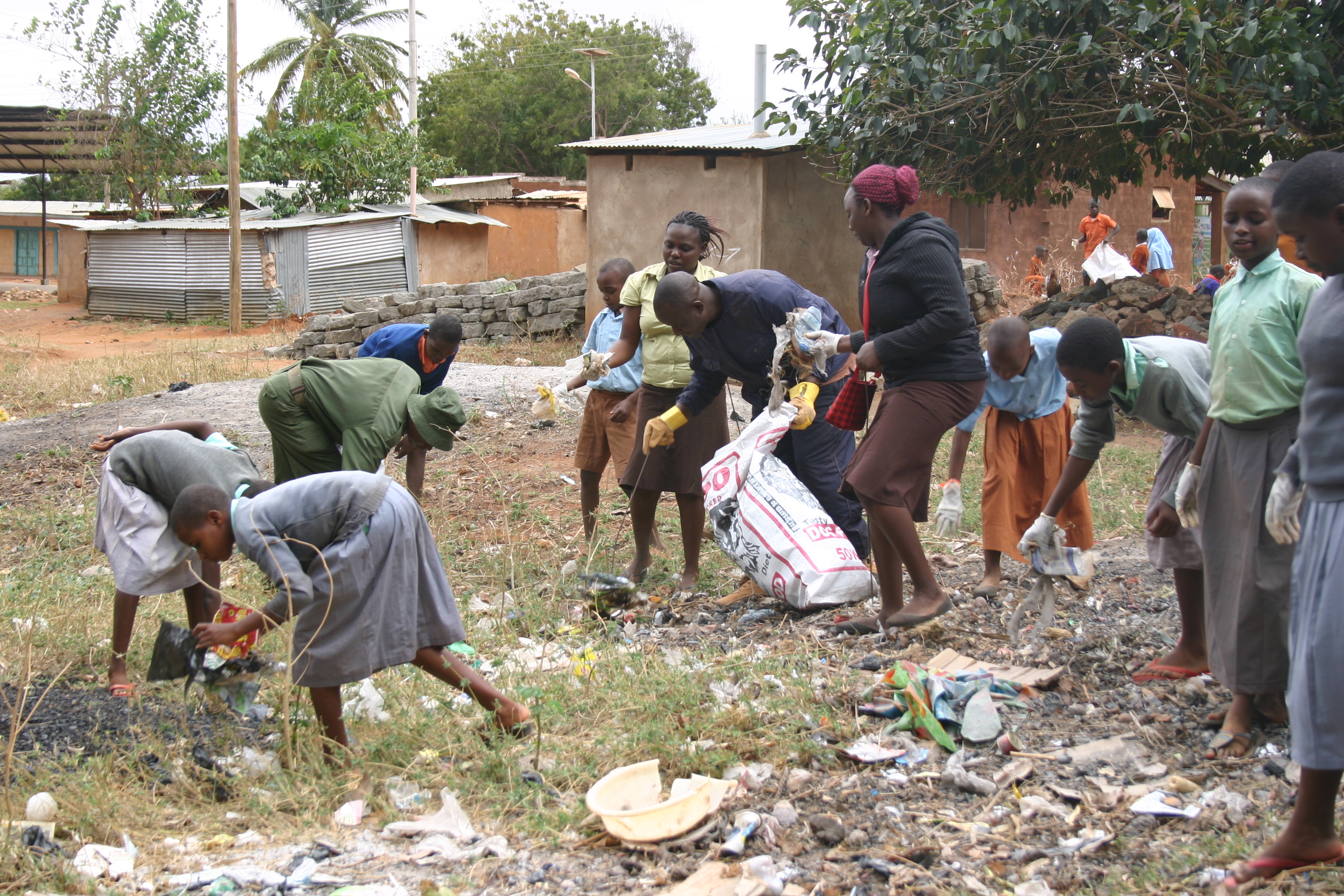Democratic Republic of the Congo
-
Meet Olivia Adhiambo: Director of Climate Policy for Africa
Meet Olivia Adhiambo, our Director of Climate Policy for Africa. Olivia, who’s been with Wildlife Works since June of 2023, has a nuanced understanding of climate policy and is passionate about community-led conservation, making her an invaluable part of the Wildlife Works team. Olivia also recently spoke with “Boots on the Ground” podcast host Soyiantet Dibble Lesalon about the path that led her to community-led conservation, her experience in policy, and what a typical work day as Africa Region Climate Policy Director for Wildlife Works entails. You can listen to their conversation here. What are some of your key experiences from past roles? “Growing up adjacent to one of the…
-
De la Forêt: Meet Mathieu Bolaa, Wildlife Works Head of Biodiversity for the DRC
At the Mai Ndombe REDD+ Project in the Democratic Republic of the Congo, the Wildlife Works Biodiversity Team works to protect wildlife.
-
Three Elephant Rescues in One Day: the Product of Intensifying Tensions During a Period of Severe Drought
At the Kasigau Corridor REDD+ Project in Kenya, three elephants were recently rescued in one day. This was the product of a severe drought.
-
Mai Ndombe REDD+ Project Sees an Elephant Population Increase
The Mai Ndombe REDD+ project in the Democratic Republic of the Congo has seen a remarkable recovery of endangered forest elephants.
- Adventures in REDD+, Agriculture, Climate Change, Democratic Republic of the Congo, Forest Communities
Enhancing Food Security in the Mai Ndombe REDD+ Project Through Agronomy Training
By Jane Okoth Millions of people around the world still face the challenges of food security and malnutrition. One of the main targets of the United Nations Sustainable Development Goal 2 of Zero Hunger is to ensure sustainable food production and implement resilient agricultural practices that increase productivity. On the west side of Lake Mai Ndombe is an indigenous forest community that is part of the Wildlife Works Mai Ndombe REDD+ Project. The area protects over 740,000 acres of rainforest, which is home to chimpanzees, bonobos and forest elephants, and includes some of the most important wetlands in the world. Despite the rich biodiversity of the region, the community still…
-
Who Makes Your Clothes at Wildlife Works? Fashion Revolution
Fashion Revolution is a global movement calling for a fairer, safer, cleaner, more transparent fashion industry. Ask your favorite brands, “who made my clothes?” Wildlife Works has been a fair trade factory for 20 years. We have featured many of our factory employees on our blog. Here are a few more we wanted to introduce to you this week. Agnes Kilunju Meet Agnes Kilunju. She has been working as a Machinist at Wildlife Works’ Eco-factory for the past six years. Agnes is in charge of laying the fabric for sewing as well as packaging. Working at Wildlife Works means security to Agnes, because as a single mother of two she…
-
Wildlife Works Ethical Shopping Guide
This is our growing ethical shopping Guide. We will continue to add to is as we find more resources. Fast fashion and our culture of over consumption for all goods has trained consumers to want things cheaper and faster, all at the expense of human safety in factories and everyone’s health everywhere. Consumer goods now have shorter lifespans and longer waste-spans. Consider also the amount of non-compostable packaging that comes with everything we consume. It turns out that throwing them in the recycling bin does little to divert the landfill. Recycling centers have been closing rapidly due to lower demand for recycled materials and higher costs to recycle them. We agree with Alden…
-
Shell launches sustainable solution at National Sustainability Congress – Customers can offset CO2 emissions
Original release on Shell Nov 9, 2017 Shell has launched a new service at the National Sustainability Congress 2017 in Hertogenbosch, enabling business customers to offset the CO2 emissions of their automobile useage. Accenture Netherlands is the first customer to use this new service. The service is linked to the Shell Card and works in three steps. First, Shell gives customers insight into their CO2 emissions. Next, we examine how the emissions can be reduced, for example by changing driving behavior. Finally, after each refueling, Shell calculates the CO2 emissions and offsets them on behalf of the customer through one of the partnering CO2 offset projects. “Sustainable solutions are needed…
-
WHY BUYING NOTHING THIS HOLIDAY WILL SAVE THE PLANET
A thoughtful gift is something someone could remember for a lifetime. We all appreciate the loving intentions that gifting carries. But the commercialization of holidays has added not only stress but tons of waste to gift giving. Wildlife Works protects the most remote forests in the world and we can’t ignore the impact of our consumption on the health of our planet. This holiday season, we at Wildlife Works are going to slow down consumption in order to give back to our earth and here’s why it matters. The explosive growth and globalization of the apparel industry has accelerated pollution everywhere. This industry is one of the top five greenhouse…
-
In Kenya, a Transformation in Shades of REDD by Amy Yee
Originally published by Undark. CASE STUDIES/News & Features In Kenya, a Transformation in Shades of REDD Communities near the Rukinga Sanctuary once seemed locked on a path of resource decimation. But here, at least, a global conservation plan is working. 07.28.2017/ BY Amy Yee HERE IS WHAT a dead elephant looks like: Rib bones longer than my arm scattered across red dirt. Over here is a lower jaw, beached and desolate like the broken hull of a ship. Over there is the massive boulder of its skull. Behind the gaping eye sockets is a web of porous bone, a hideous honeycomb. Shreds of gray skin are strewn across the soil like filthy rags,…

